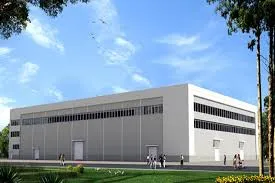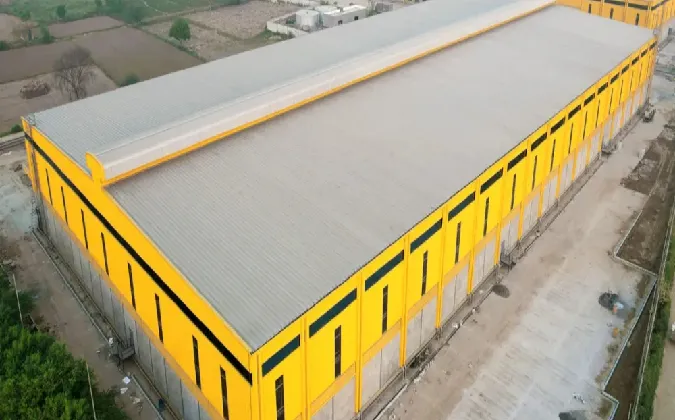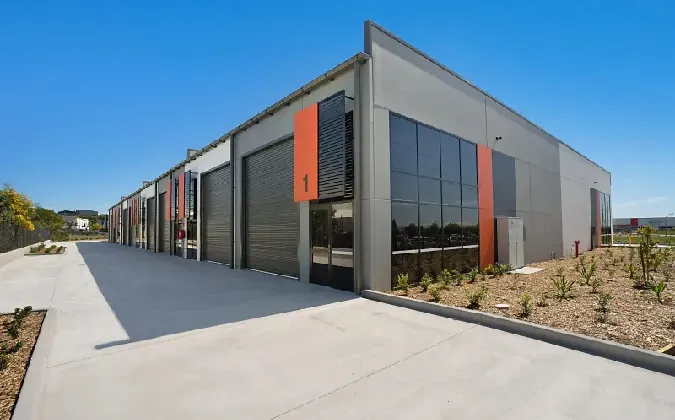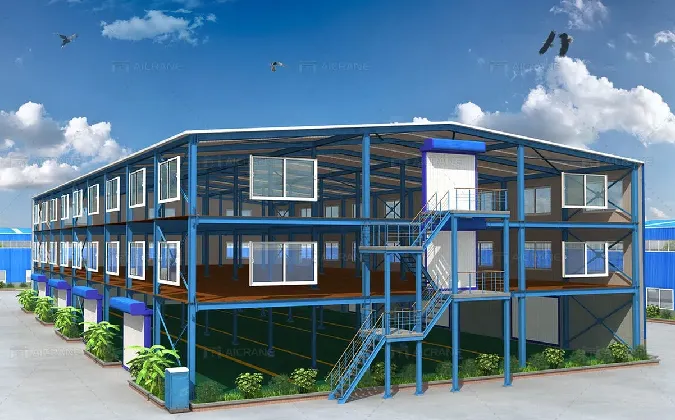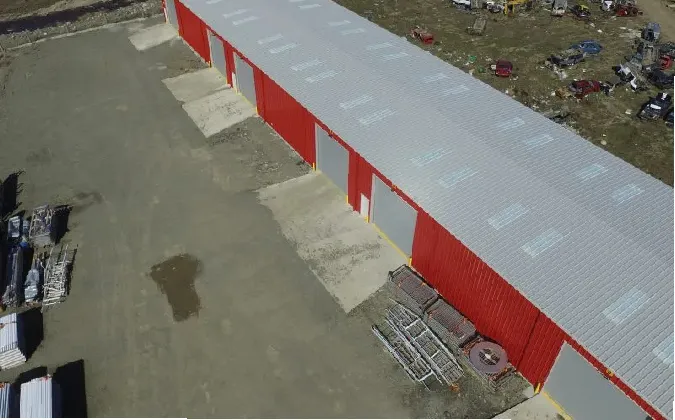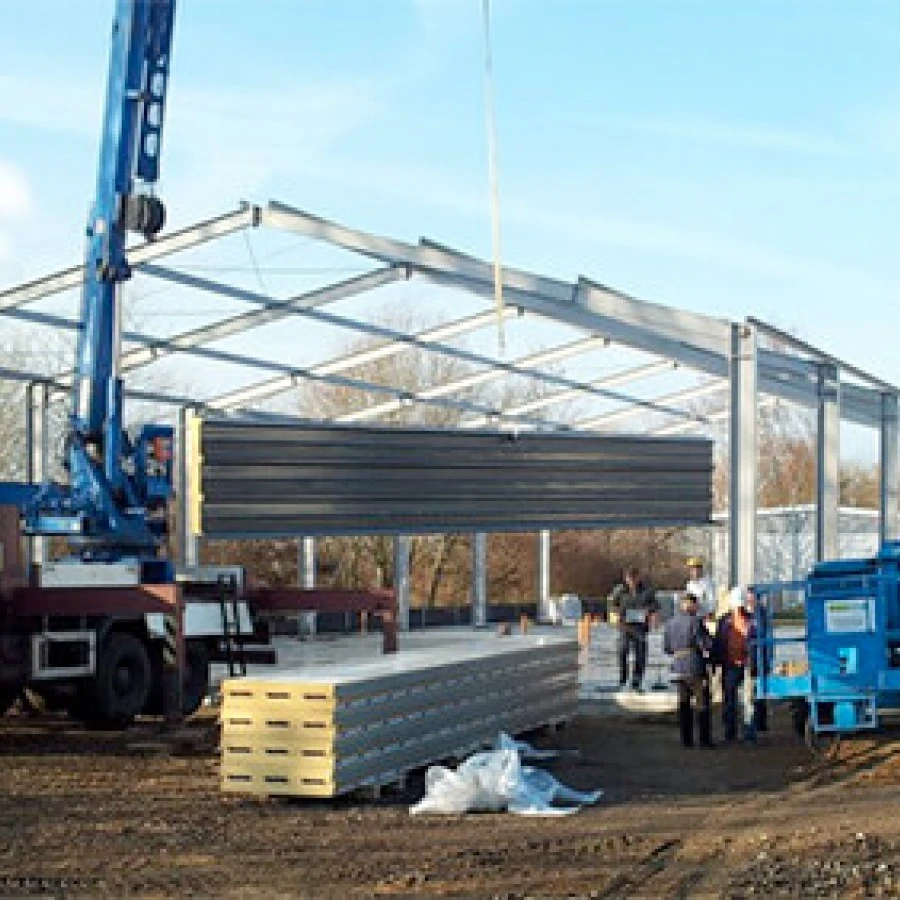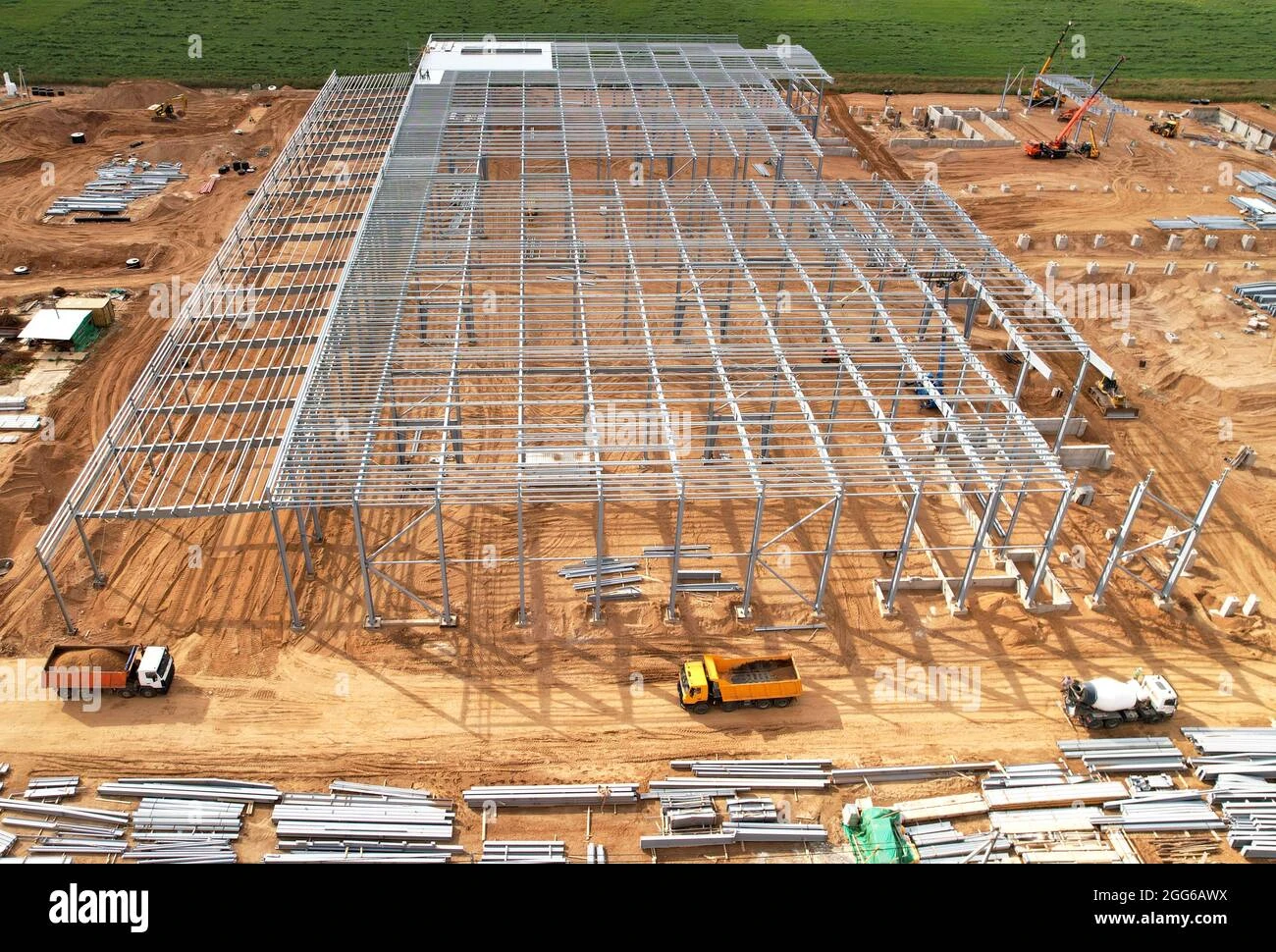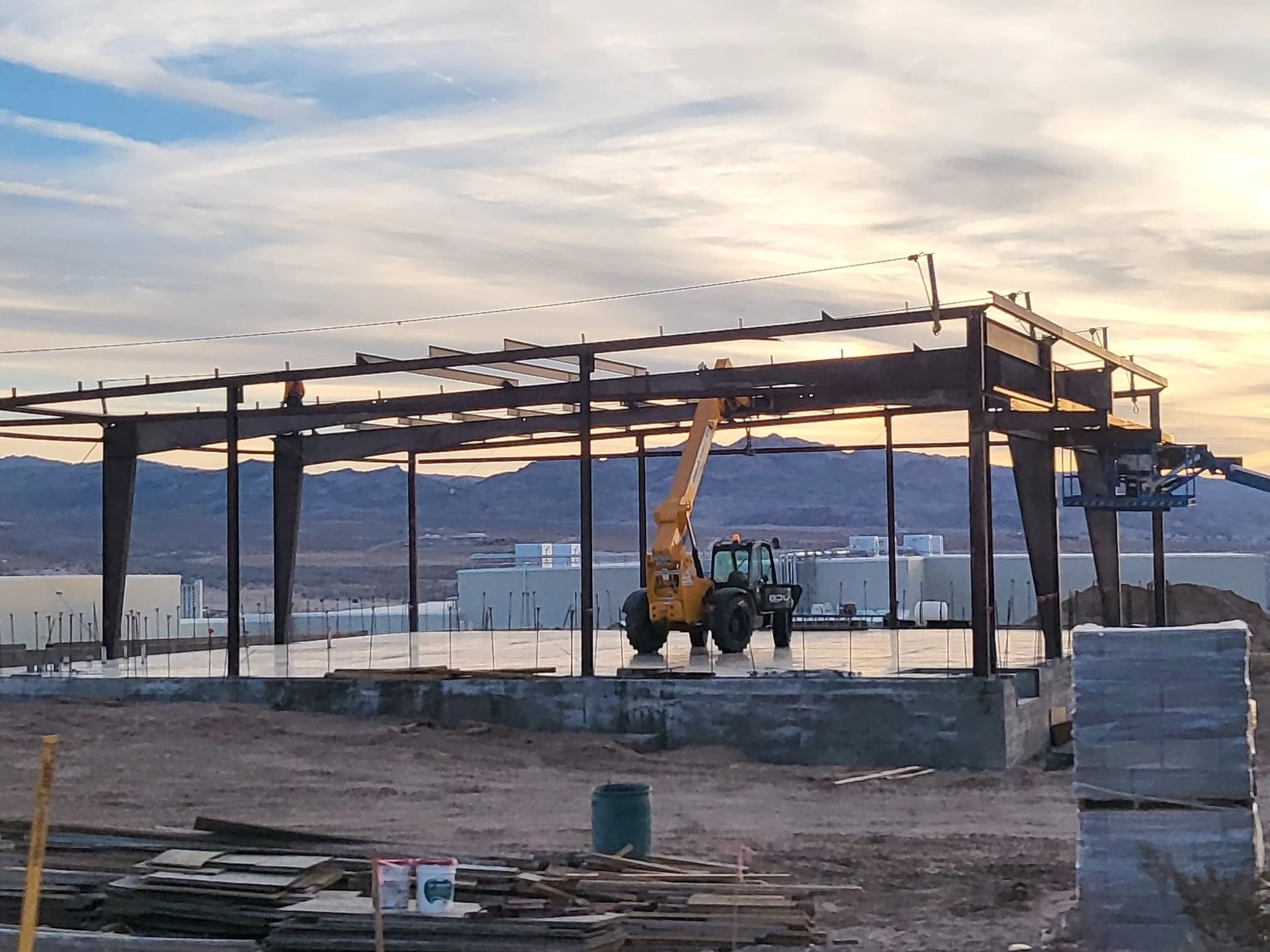- Afrikaans
- Albanian
- Amharic
- Arabic
- Armenian
- Azerbaijani
- Basque
- Belarusian
- Bengali
- Bosnian
- Bulgarian
- Catalan
- Cebuano
- Corsican
- Croatian
- Czech
- Danish
- Dutch
- English
- Esperanto
- Estonian
- Finnish
- French
- Frisian
- Galician
- Georgian
- German
- Greek
- Gujarati
- Haitian Creole
- hausa
- hawaiian
- Hebrew
- Hindi
- Miao
- Hungarian
- Icelandic
- igbo
- Indonesian
- irish
- Italian
- Japanese
- Javanese
- Kannada
- kazakh
- Khmer
- Rwandese
- Korean
- Kurdish
- Kyrgyz
- Lao
- Latin
- Latvian
- Lithuanian
- Luxembourgish
- Macedonian
- Malgashi
- Malay
- Malayalam
- Maltese
- Maori
- Marathi
- Mongolian
- Myanmar
- Nepali
- Norwegian
- Norwegian
- Occitan
- Pashto
- Persian
- Polish
- Portuguese
- Punjabi
- Romanian
- Russian
- Samoan
- Scottish Gaelic
- Serbian
- Sesotho
- Shona
- Sindhi
- Sinhala
- Slovak
- Slovenian
- Somali
- Spanish
- Sundanese
- Swahili
- Swedish
- Tagalog
- Tajik
- Tamil
- Tatar
- Telugu
- Thai
- Turkish
- Turkmen
- Ukrainian
- Urdu
- Uighur
- Uzbek
- Vietnamese
- Welsh
- Bantu
- Yiddish
- Yoruba
- Zulu
Aug . 05, 2024 16:28 Back to list
7 Benefits of Choosing Steel for Warehouse Construction
Between 2010 and 2020, the number of warehouses in the U.S. climbed 26.6%.
And, in the effort to keep spending low and ROI high, many business owners are opting for more cost-effective business materials.
Today, many of the warehouses sprouting up in industrial parks aren’t the traditional cement and wood combinations — they’re steel.
What are the benefits of a steel warehouse?
We’ll reveal seven can’t-miss examples below!
1. Faster Lead and Build Times
A warehouse’s “lead time” is the gap between when your company orders the building and when the building materials arrive on-site. One of the reasons why prefab warehouses are so popular is that they have a short lead time, making for quicker construction.
The process begins in a factory specializing in hot-rolled or cold-formed steel products. There, each piece of the warehouse — like the fasteners, roof panels, and sheets — is made to your building project’s specifications.
After leveling the ground and pouring a foundation, the warehouse is ready to build as soon as the supplies arrive on the construction site.
A traditional warehouse averages 80.6 days to build, while a steel version could cut the total construction time by a third. The fast lead and build times allow your company to get a foothold in new cities in record times.
2. Lower Risk of Pests and Rodents
Consumers expect high-quality products when they order from your company. But no amount of bubble wrap or “FRAGILE” stamps on the box will matter if the merchandise is already damaged before it leaves the warehouse.
That’s why it’s important to keep bugs and other pests out of your manufacturing and storage facilities.
In steel warehouses buildings, pests and rodents face an uphill battle.
Pest and Rodent-Proof Structures
Metal warehouses have a reputation for keeping out unwanted guests.
Termites, who feast on the cellulose in wood, don’t find the same temptation in steel. This is good news, as termite damage costs about $3,000 to undo in the average house. Now imagine the pest control and structural repair fees for a 300,000 square-foot warehouse with a termite infestation!
Mice, who can typically squeeze through ⅛-inch gaps in door and window frames, can’t penetrate the tightly fastened panels. Quality steel building systems often have fiberglass insulation for temperature and vapor control, but your steel panels will prevent them from burrowing in your insulation.
The Business Benefits of Built-In Pest Control
A critter-free warehouse is a huge employee morale booster.
From a fiscal perspective, it also limits product damage and waste. You won’t have to worry about:
- Chewed-through wires in administrative areas or electronic inventories
- Holey or raggedy clothing and bedding
- Opened food boxes and bags (which carries a disease risk!)
- Insect nests, larvae, droppings, or shells in the products
Bugs and rodents can and will outsmart any lax security policy. But, by weatherproofing your building and taking other simple precautions (such as keeping your trash lids closed), you can maintain a pest-free warehouse.
3. Long-Term Cost Efficiency
Whether you run a global enterprise or a regional retail segment, a brand new warehouse is a considerable investment for any company. But, steel warehouse buildings offer a cost-effective edge both today and in the long term.
Cost to Build
The lumber market is ridiculously volatile. In fact, prices of lumber have nearly doubled in the last year, causing a surge in construction costs in both the residential and commercial sectors. The price of steel, on the other hand, has remained relatively steady.
Also factored into construction costs is how long it takes a crew to turn a freight load of steel into a functional building. Remember that pre-engineered structures take about ⅓ less time to build, which also trims your labor costs.
A steel warehouse could cost your company about $150 per square foot.
Maintenance Fees
Metal warehouses are by no means indestructible. But thanks to their high-strength steel framing, weatherproof features, low-cost insurance plans, and decades-long warranties, the out-of-pocket costs remain low.
Take exterior paint, for example.
Traditional paint will begin peeling and fading within a few short years, costing thousands in labor and supplies to redo every so often. Meanwhile, steel warehouses use specialized paint that’s resistant to rust and fade for 30 years. The next generation of owners could be on the hook for the exterior touch-up.
Best of all, steel buildings are industrial masterpieces. That’s exactly why insurance companies and manufacturers view them as safer investments.
They’re less likely to crack, rot, or need panel replacements within your lifetime. In addition, their non-combustible nature means fires won’t destroy costly goods or cause structural damage.
It’s possible to save 30% on insurance plans and lock down a 50-year (or even lifetime) warranty on the structural components.
Heating and Cooling Costs
One of the most surprising cost-savers is heating, ventilation, and air conditioning (HVAC).
Dark reflective roofing diverts sunlight away from the building below to avoid overwhelming your AC. These metal roofs are so energy-efficient that they reportedly cut energy costs in half.
The right choice in high R-value insulation is yet another way to limit overhead spending. Not only will it keep your warehouse at a cozy 70 degrees, but it can also limit indoor humidity that can warp products like furniture and books.
4. Limitless Warehouse Sizes

A 2017 report from CBRE revealed that warehouses are surging in size. That year, the average warehouse stood at about 184,693 square feet — up a startling 143% from their previous size just a decade earlier (2002–2007).
And steel warehouses may be the cause for that growth!
Steel Structure Warehouses
Flexible Length, Width, and Height
Since pre-engineered metal buildings are 100% custom, your warehouse can be as long, wide, and tall as your business needs. The size is at the mercy of your company’s budget and lot dimensions.
The most popular eave height in steel buildings — the edge where the roof meets the sidewall — is at a taller-than-average 40 feet.
But even higher clear heights can buy your warehouse more cubic square footage to allow for:
- Heavy machinery to enter and exit the facility
- The future addition of lofts or second floors
- More vertical storage space for inventory
- Larger scale production lines
- Wider walkways between racks and shelving
While the average American warehouse is <200,000 square feet, steel warehouses can double or even quadruple that potential. A custom build could extend 500 feet in width and a near-unlimited length!
The larger your warehouse, the more space your company has to store surplus and grow.
Longer Clear Spans
Second to square footage, a warehouse’s clear span will determine how suitable it is for your business’s daily operations. A clear span is any length of a building that doesn’t require structural support, like pillars or trusses.
This wide-open area allows for freer floor space and overhead movement.
Forklifts transporting inventory don’t have to maneuver around columns. Pallet racks can extend up to the ceiling. Production lines can function anywhere without a column blocking access to the control panel.
In traditional warehouses, trusses and interior columns absorb the building’s axial compressive load in the name of structural integrity. Without them, the warehouse — and your million-dollar investment — is at risk of sagging.
Steel warehouses sport lightweight yet heavy-duty tubing that supports clear spans of up to 300 feet. The lack of load-bearing poles makes steel ideal for large fulfillment and distribution centers.
5. Advanced Weather, Rusting, and Fire Protection
The merchandise and equipment lodged in your warehouse are the lifeblood of your company. So on top of protecting your structural investment, a steel warehouse will also shield your goods from the elements.
Fire Resistance
Most steel buildings fall into the “fire-resistant” category. That means they’re non-combustible and can withstand the heat of blazing flames.
Say power lines fall onto your building’s roof, or one of your machines explodes. The resulting fire would spread through the frame, panels, and roofing at a much slower rate. This delayed spread limits destruction until the fire department arrives.
Steel can reach temperatures of 1,300–1,500 degrees Fahrenheit before it begins weakening. A typical wooden frame would just fuel a fire.
Rain and Water
When you think of the metal-water pairing, you likely imagine rust. However, steel structures are almost immune to corrosion due to a zinc and aluminum coating — like Galvalume — that moisture-proofs the entire structure.
This rust-resistant approach serves two purposes:
For one, if your building is in a damp area, the frequent downpours won’t create pits in the roofing (for non-gable roofs) or beams. Corrosion puts a building’s structural integrity at serious risk with long-term exposure.
There’s also a lower likelihood of leaks sprouting, which can cause mold and mildew. Over time, pooling water can cause the roof to give way, flooding an area of your warehouse. The steel construction protects your forklifts, conveyors, and merchandise from destructive water damage.
Snow is another element that steel warehouses can withstand!
Even at a 10-degree slope, metal roofs can shed rain and snow to avoid excess pressure on the support systems below. As a result, areas with high snowfall averages will benefit from steeper roofs and higher roof snow loads.
Natural Disasters
Each area of the country faces its own natural disasters. The north sees blizzards, and the west has its earthquakes. The south is a hotbed for hurricanes and tropical storms, and the midwest is tornado central.
All of these weather events increase the odds of a partial building collapse or permanent structural damage, not to mention the threat to any workers or million-dollar machinery housed inside.
Steel buildings are powerhouses against the unpredictable. Their tightly locked steel frames can withstand the rocking of an earthquake, funnel clouds, and drenching rains.
6. A Smaller Ecological Footprint
The global warming crisis weighs heavily on the minds of both consumers and businesses. And while most Americans prefer green or eco-friendly products, 53% of consumers doubt companies’ environmentally conscious claims.
A steel warehouse allows your company to bolster its public image from several angles.
Steel Is Recyclable
The bite-sized ecological footprint begins with the recyclability of steel. This durable metal is not only 98–100% recyclable, but it also maintains its strength through each multi-cycle.
If you decide to downsize or relocate in the future, you have the choice to either sell to a third party or recycle the steel for a new building.
A Solar Initiative
Metal buildings are light on energy consumption, too.
Their metal roof panels can last half a century or more and are durable and flat enough to line with solar panels. And a solar panel initiative can swallow up those $30,000 monthly energy bills while still powering your warehouse!
Lower Energy Consumption
Metal gets hot when exposed to direct sunlight and heat, but the temperatures inside steel buildings are surprisingly easy to regulate.
Steel warehouses often have cool-coated roof panels that reflect sunlight instead of absorbing it. This technology can reduce cooling costs by 15% or more, cutting your energy usage. It also protects materials more sensitive to temperature and humidity changes, like food and tech.
7. Complete Customization Potential

By partnering with an architect, you can ditch the classic “box” design for a completely custom build.
These days, a custom steel warehouse could include a factory line, loading docks, or lofted administrative office space. Steel is also a viable option for a broader range of warehouse types. That includes fulfillment centers, climate-controlled warehouses, and shipping facilities.
With a seat at the table, your company’s movers and shakers have more control over every aspect of the building:
- Size, including height, width, and length
- Roof frame and style
- Clear span and column placement
- Door types (overhead doors, garage doors, loading dock doors)
- Window styles, including skylights
- Built-in shelving systems
- Unobstructed or temperature-controlled inventory areas
- HVAC systems
- Exterior design (brick, stucco, glass)
- Interior furnishings, like lighting and paneling
Custom metal buildings are a somewhat heftier investment. But with a building designed to match your company’s services and policies, it brings a touch of competitive pricing.
Conclusion
These are just seven reasons steel is a fantastic choice for commercial construction — even more so for companies building a new warehouse.
Of course, the best way to secure your investment for decades is by designing a custom steel warehouse fit for your company’s needs.
-
Navigating the World of Steel Building Services: Who to Choose?
NewsJun.23,2025
-
How Do Steel Frame and Prefab Building Factories Shape Modern Construction?
NewsJun.23,2025
-
How Do Steel and Metal Structures Shape Modern Industrial Spaces?
NewsJun.23,2025
-
How Do Prefab Buildings of Various Sizes Meet Modern Construction Needs?
NewsJun.23,2025
-
How Do Factory Buildings and Metal Structures Redefine Industrial Infrastructure?
NewsJun.23,2025
-
Exploring Key Aspects of Industrial Building Development: What You Need to Know?
NewsJun.23,2025
Products categories
Our Latest News
We have a professional design team and an excellent production and construction team.






